How to sew a pillowcase?
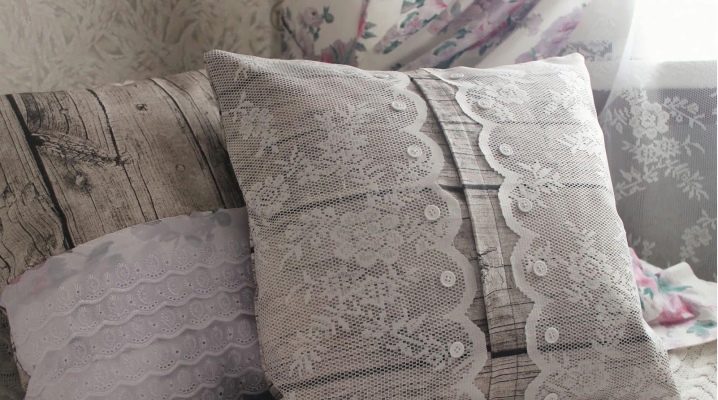
A pillow is a constant companion of a person throughout life, a pillowcase is an integral "attachment" to pillows. This simple item performs several important functions at the same time. Beautiful pillowcases can be a harmonious addition to the interior of the bedroom.
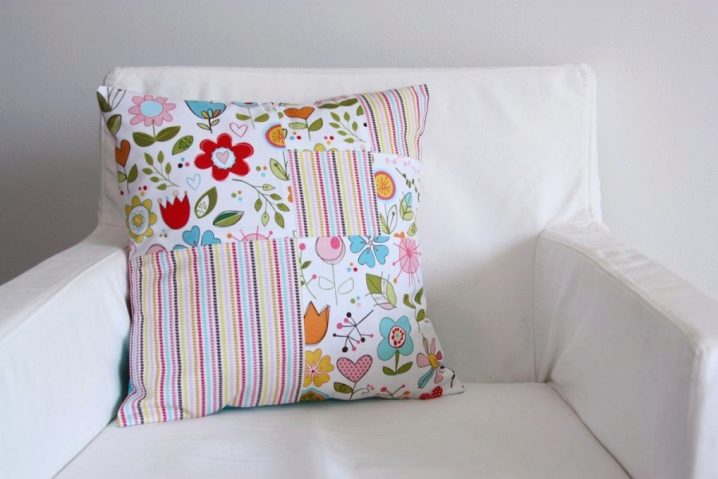
In children's rooms, large original pillows are not only beautiful, bedding can become an element of the game, but also a part of the interior design. The pillowcase of the pillow should be easy to remove, it can be easily washed, the material should be strong and not get dirty after machine wash


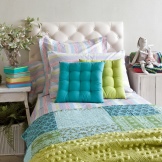

Required tools and materials
To properly sew a pillowcase with your own hands you will need:
- high quality fabric;
- threads;
- sewing machine (overlock may be suitable);
- scissors;
- marker;
- ruler;
- ruler-triangle;
- whatman.
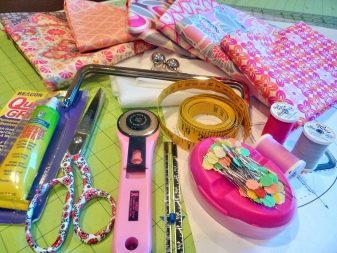
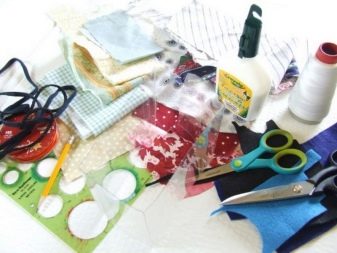
Often, a pillowcase is made from a single piece of fabric, with a minimum number of seams. In terms of qualifications, even beginners can perform such sewing. Let's consider the algorithm of actions.
- The required size of material is cut off, while seam allowances of 1.8 cm should be taken into account, then it will be necessary to calculate the total area. Usually the size is 50 x 175 cm.
- Then the sides that are shorter in length are processed. This is done with a seam with a closed cut. The material is placed on a flat surface, the front side is at the bottom. An indent of 70.5 cm is taken from one of the edges and a line is drawn along the ruler with a marker. Then the future product is folded. One side will be thirty centimeters longer than the other.
- The longer side is the edge. From the edges, the fabric is lightly processed so that there are no deformations in thickness later. Thus, it turns out that part of the product will be stitched and wrapped in two cuts, the other part will be wrapped in three cuts. The smell will also have to be attached.
- After everything is done, the pillowcase should be ironed well.


To make such a product, an old sheet is used, which still has a normal texture, in this case the corresponding sections are cut out. Sometimes they even make pillowcases from old jeans.
Which fabric to choose?
Fabrics for pillowcases can be very different, one of the most popular is silk. Silk is one of the materials that is functional and healthy. There are many different useful amino acids in its texture. Silk is resistant to bed mites, mold and pathogens. Of all types of fabrics, natural silk is considered the most expensive material, it has unique performance characteristics:
- soft;
- light;
- lasting;
- does not contain toxins.


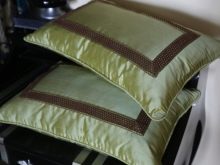
Of the shortcomings, the following can be distinguished: silk underwear is easily wrinkled, in order to use it correctly, you need to have some skills, and its cost is quite high. Cotton fabrics are the most popular, relatively inexpensive and functional:
- chintz;
- satin;
- coarse calico.
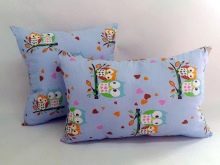
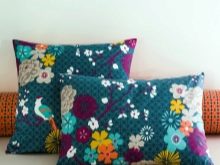
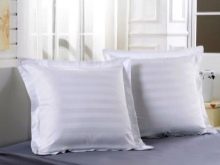
In ancient times, coarse calico was especially appreciated in Russia, it was the strongest and most durable fabric. Often several generations have used the same pillowcase. Chintz is also based on cotton, it is inexpensive, it can serve for quite a long time. Chintz is not as "long-lasting" as coarse calico, nevertheless, due to its low price, it enjoys a good reputation. Benefits of using chintz:
- optimal price-quality ratio;
- does not contain toxins;
- has high strength;
- is well erased.
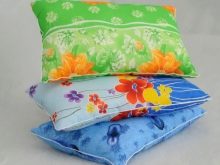
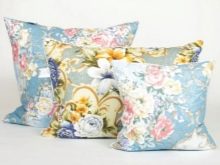

A very functional fabric is satin, it is also in good demand. Satin has a nickname among the people - cotton silk. Outwardly, the fabric really looks like silk, but it costs significantly less. Its advantages:
- durable;
- colorful;
- does not contain toxins;
- is inexpensive.
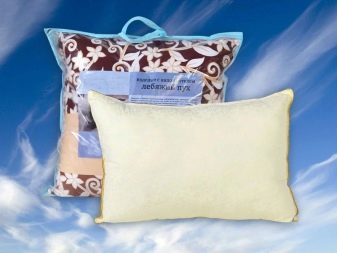
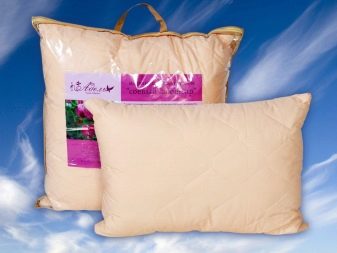
The fabric is rightfully considered one of the best, located in the premium segment.
In recent years, it has been fashionable to make pillowcases from woolen patches that can be cut from used sweaters. Technologically, it is not difficult to do such things; even a fourth grade schoolgirl can do such work. The actions are as follows:
- the parameters of the pillow are measured;
- then marking is done on the sweater;
- the edges are stitched;
- zipper is sewn on the inside;
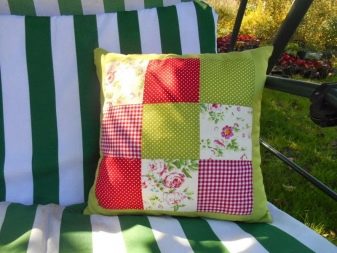
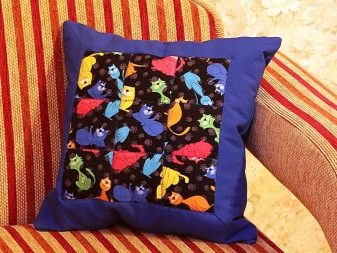
It should be borne in mind that the thing is made from the main part of the product, all the sleeves and the neck are cut off. You can also make a secondhand lace pillowcase. In this case, it is worth taking care of the lining in advance, it affects the overall design of the product. If the lining is not beautiful or matching the color scheme, then the pillow will look clumsy.
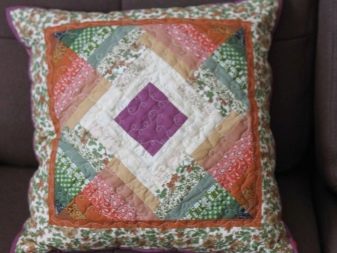
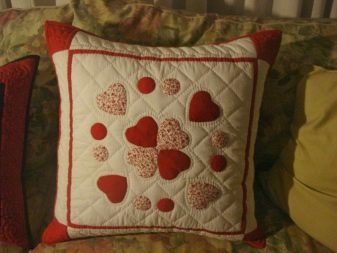
Pillowcases are often made from cotton shirts (or T-shirts), and sometimes even buttons remain, but sometimes they are changed to more decorative ones. Pockets are also left, sometimes they are used for their intended purpose, for example, you can put there:
- mobile phone;
- Lantern;
- crouton.


Patchwork is a special technique that came to Russia from Scandinavia. The technology involves stitching fabric from various patches into a single colorful "panel". Sometimes such products can look very original, while it is beneficial to emphasize the design of any room and successfully harmonize with interiors, even avant-garde ones. The patchwork technique is good in that it gives carte blanche for designer imagination, there are practically no limits here.
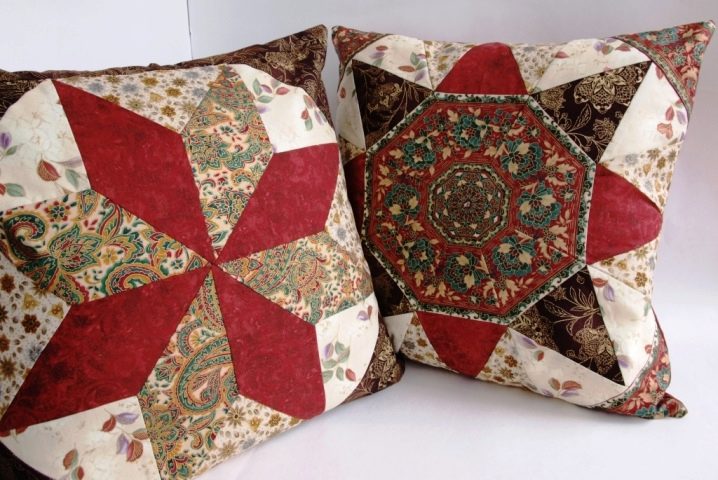
Hand-knitted pillowcases are also very popular. There is a huge variety here, models can be very different in colors.
How to cut the product correctly?
A pillowcase is the simplest element that even an almost untrained person can make. The materials commonly used are:
- chintz;
- satin;
- coarse calico;
- silk.
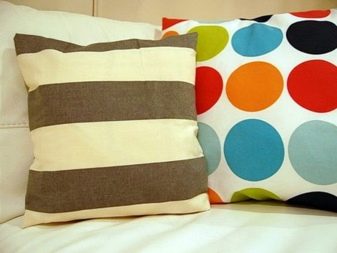
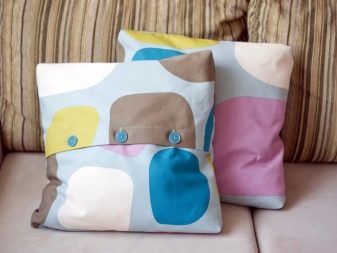

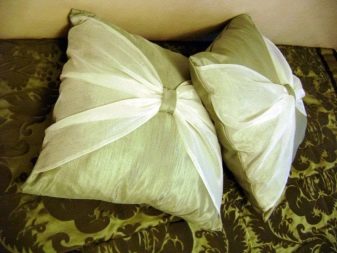
The time spent on making a pillowcase is minimal, since only one or two seams are required to be made. The standard size of the pillowcase is 50x70 cm, the pattern can also be (in centimeters):
- 70x70;
- 60x60.
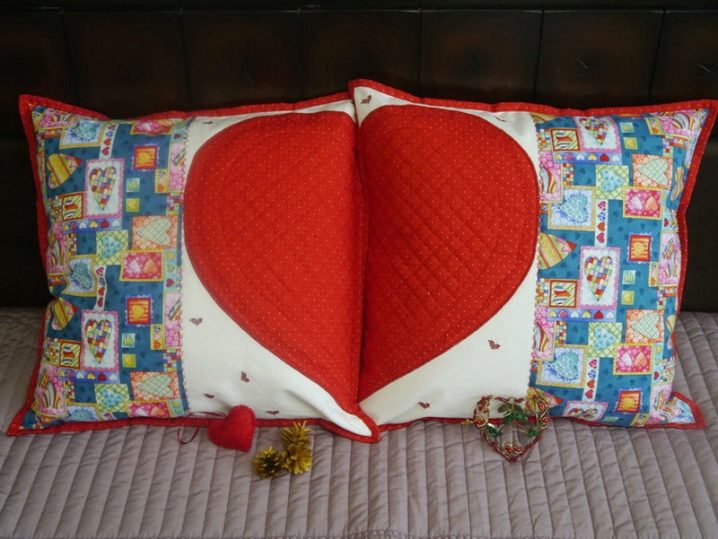
Parameters 50 by 70 cm are considered the most popular, there are the following types of pillowcases:
- smell from above;
- smell on the left or right side;
- the smell also happens "with ears";
- product with a zipper with ears.
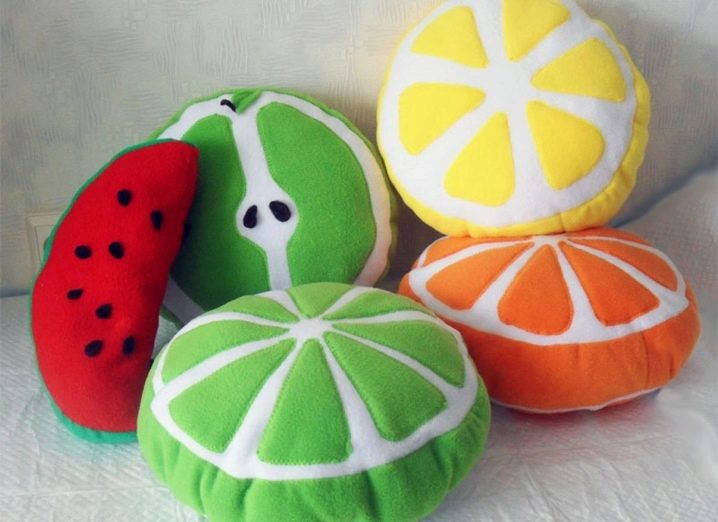
Step-by-step instructions for assembling the workpiece
For beginners, it is worth considering the pattern of the simplest pillowcase, in which there are no zippers, there is a one-piece pocket (in professional terminology, it is called a "valve"). The measure is taken from the pillow on which the pillowcase will be "worn". Let's say the length and width of the pillow is 54 cm. The size of the flap (pocket) is 50 or 30 percent of the product. Accordingly, it will be 27 and 18 cm. It is imperative to add one centimeter as an error. 1.4 cm is allocated for the allowance, the cut is folded and you will also have to mark 1.4 cm on it. Additional dimensions are needed for those who need softer pillows, if there are no such requests, then the increase can be canceled.
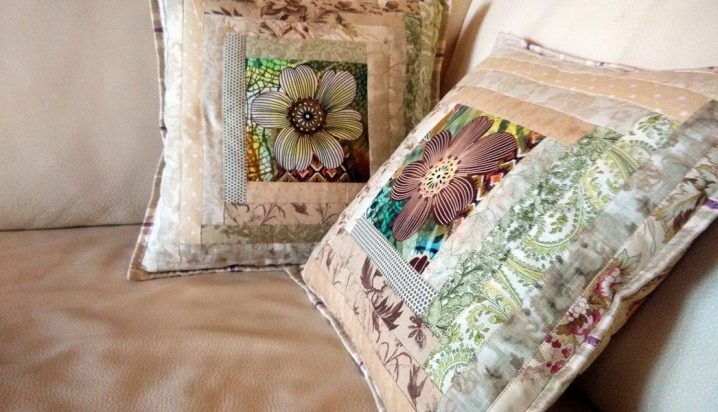
It makes sense to do the pattern immediately on the prepared piece of fabric, and in this case, the direction of the thread should be taken into account. This thread is also called "share", it runs along the length of the part of the pattern. The following figures are obtained after such a calculation:
- 54 + 54 cm (base number indicating the length of the pillow);
- 18 cm valve;
- two times one centimeter is considered - this is an allowance for the volume of the pillow;
- 3 cm is a parameter that goes to the fold of two cuts.
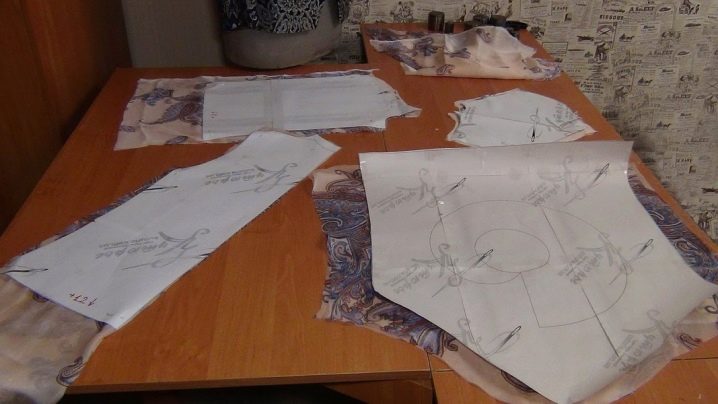
After there are basic parameters, a drawing is made on the main piece of fabric using a ruler and a marker. You should step back from the edges of a centimeter by one and a half and draw two parallel lines. There should be a distance of 55 cm between the threads (taking into account those parameters that were considered for the volume). After that, vertical markings are built, which will mean the fold of the main pattern, as well as the valve itself. On the right side, a vertical dotted line is drawn at a distance of 21 cm (here 30% of the pillow length and 1 cm increase). The total is 54 cm.
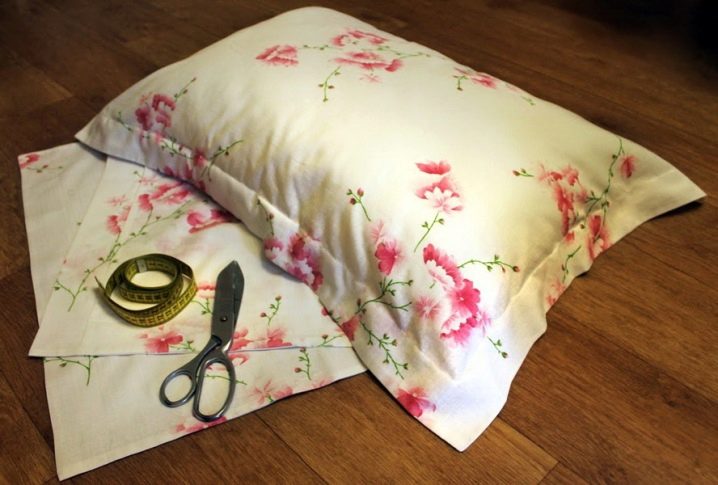
The side parts are sewn with a special (hemming) stitching. At the same time, the edges are bent, to the seamy side (first time 0.6 cm, then re-bent 0.8 cm). In this case, it is recommended to take as a basis the fold of the primary edge, which bent over, it is sewn at a distance of no more than 0.3 mm. After the completion of the operation, the flap is bent inward, along the border of the fold, the sections are aligned, which are arranged in parallel. It is important to note that the sections should be swept first, so it will be easier to work later. And also don't forget about horizontal cuts and vertical folds.
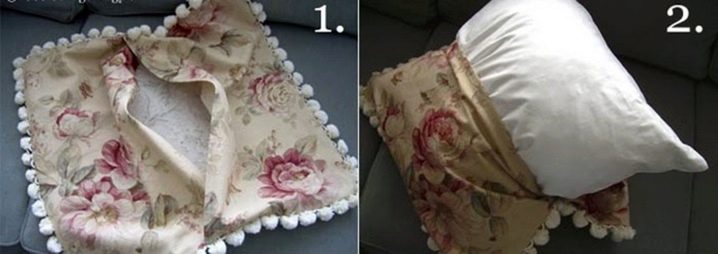
After completing all the operations, the pillowcase is turned inside out so that the front part is inside. It will be necessary to trim the corners, straighten them, "walk" along them with a hot iron. An indent is made from the horizontal folds, it is stitched, while the indent is in the middle of the seam one centimeter. This method allows you not to do unnecessary processing of slices, they are left closed. Such seams also have a second name: double inverted.

There is an even simpler technology: vertical chamfers are sewn with a hemming seam, then from the inside. The pattern is connected along the seam lines (horizontal), all cuts are processed on a sewing machine.
If you need to make an orthopedic pillowcase (50x50 or 40x40 cm), then there are no fundamental differences in tailoring, but the counting method changes a little. For such models, you should cut the material two centimeters longer - 52 cm, and also 133 cm long. 2-3 cm is released for an allowance. If the model is 40 cm wide, then the allowance is the same. It is also recommended to make a scent of 18 cm, which keeps the pillow in the product itself.
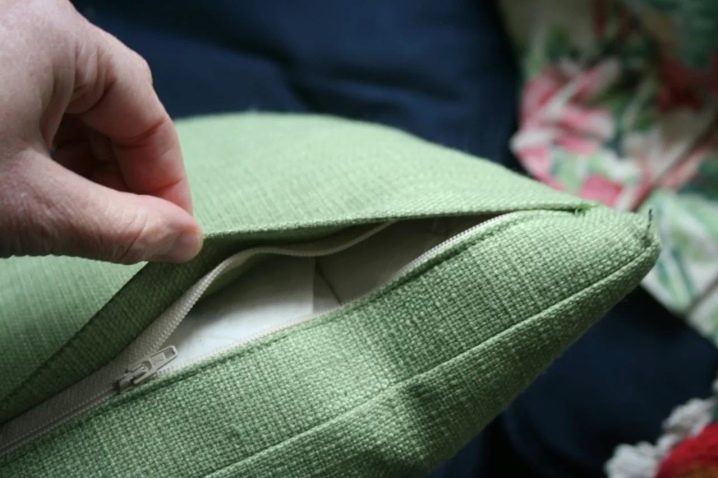
Pillowcases with a size of 50x50 cm are usually made with a zipper. This will require a fabric length of about 104 cm. This cut is folded, the front side is inside.
The sides are sewn, the armhole remains intact. Sections are processed with a "zigzag", the so-called seam, it is also customary to do overlock. The clasp is unfastened, the teeth on the front side will point up. The front side is fastened with pins, the indent is about 8 mm from the edge. The clasp is attached specifically to the product. The distance from the side cuts is about 2.4 cm. A 2.4 cm line is laid from the inside from the side seam. The stitching is mounted 4 mm higher, the pillowcase is turned inside out and ironed.
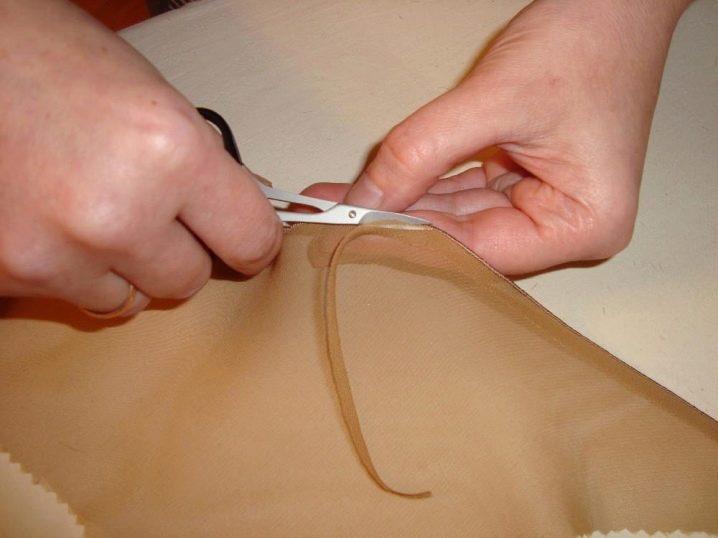
The pillowcase, which is made with small "ears", also has a second name: Oxford style. It will take a little more time to make it, but it will also look quite elegant and unusual. A piece of fabric measuring 62x192 cm is taken, the sections are processed 64 cm into the hem, the edge is folded back from the inside by 72 cm.An indentation is made from the edge for the line along which the smell of 5.6 cm will pass.On both sides, the sections are grinded, indent from the edges 0.6 cm is made. The product is turned inside out and ironed. An indent of 5.5 cm is made from the edge, a small rectangle of 52 and 72 cm is drawn with a ruler. You can make markings with a graphite pencil or a ballpoint pen. A new line is sewn along the line that is drawn.

What kind of clasp to make?
To sew in a zipper, you should take a little shorter than the length of the edge of the pillow, to which you will need to sew it. For such work, a special foot is required, it makes it possible to put seams near the teeth.Such tools can be purchased at any trading platform. It is better to take a zipper with metal teeth, plastic products will not last long. The easiest way to make a pillowcase is with buttons with a wrap, this design is the simplest and most often used.

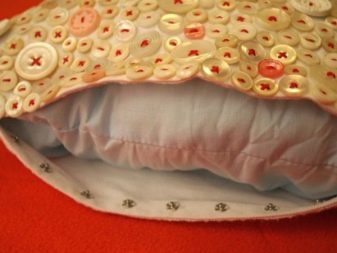
Design ideas for "clothes" for pillows
A pillowcase as an interior element always emphasizes a certain style. It sets the color algorithm, is the "assemblage point" of the overall colorist of the room. You can decorate the pillow, make it beautiful, in a variety of ways. There is a way to embroider:
- satin stitch;
- cross;
- ribbons.
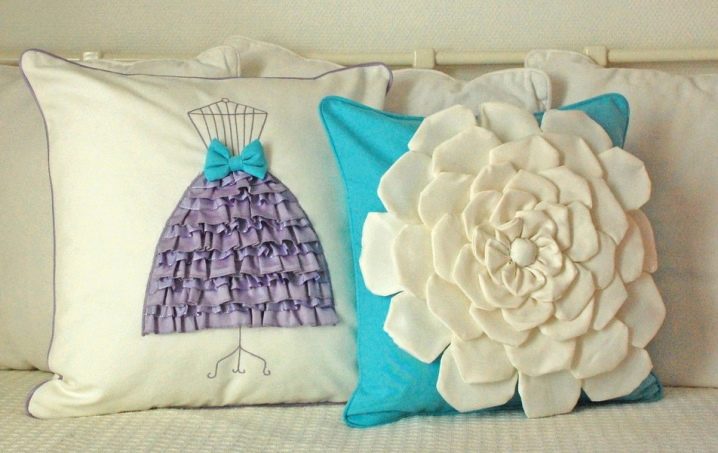
The second option is the most common. The advantage is that such a seam is durable, the pattern cannot be damaged. If the pillow is decorated with ribbons, then it can only be cleaned with a vacuum cleaner. And also such sofa pillowcases will have to be washed by hand. Let's list the most fashionable style directions for making decorative pillows.
- Recently, pillowcases made of natural jute (burlap), which are combined with other materials, have come into vogue. This creates a contrasting and original effect.
- Burlap pillowcases with interesting colors from fabric of different composition and origin. But together the antipodes create a curious image.
- The style that came from France is Provence. Standard themes: peasant women and peasants, goats, sheep, birds in trees, apples and pears. The style is colorful and not devoid of its appeal.
- One-color pillowcases are made of knitwear, which sometimes also look very advantageous.
- In children's rooms, colorful pillowcases are used with various fairy tales or applications.
For information on how to sew a pillowcase with your own hands, see the next video.













The comment was sent successfully.